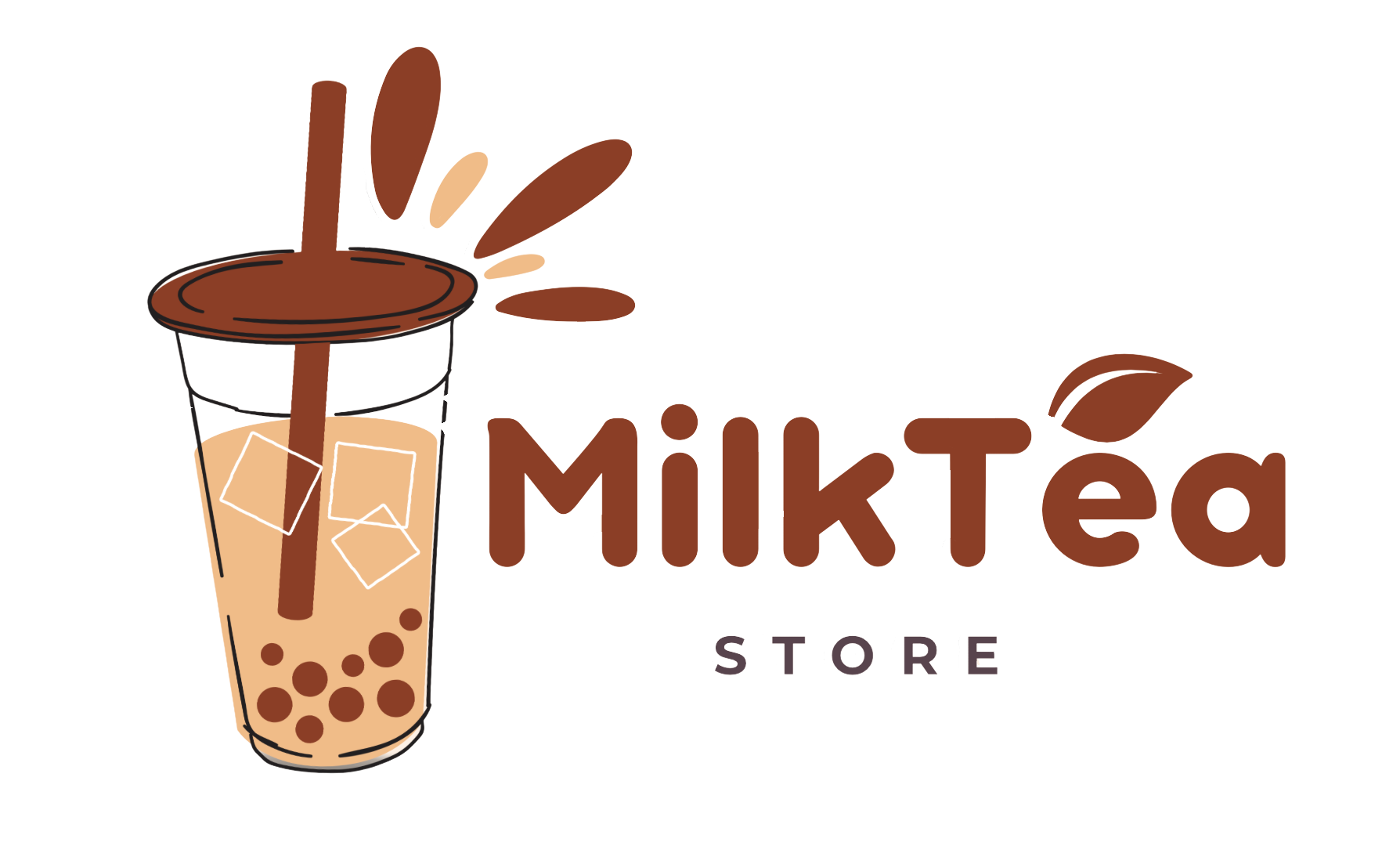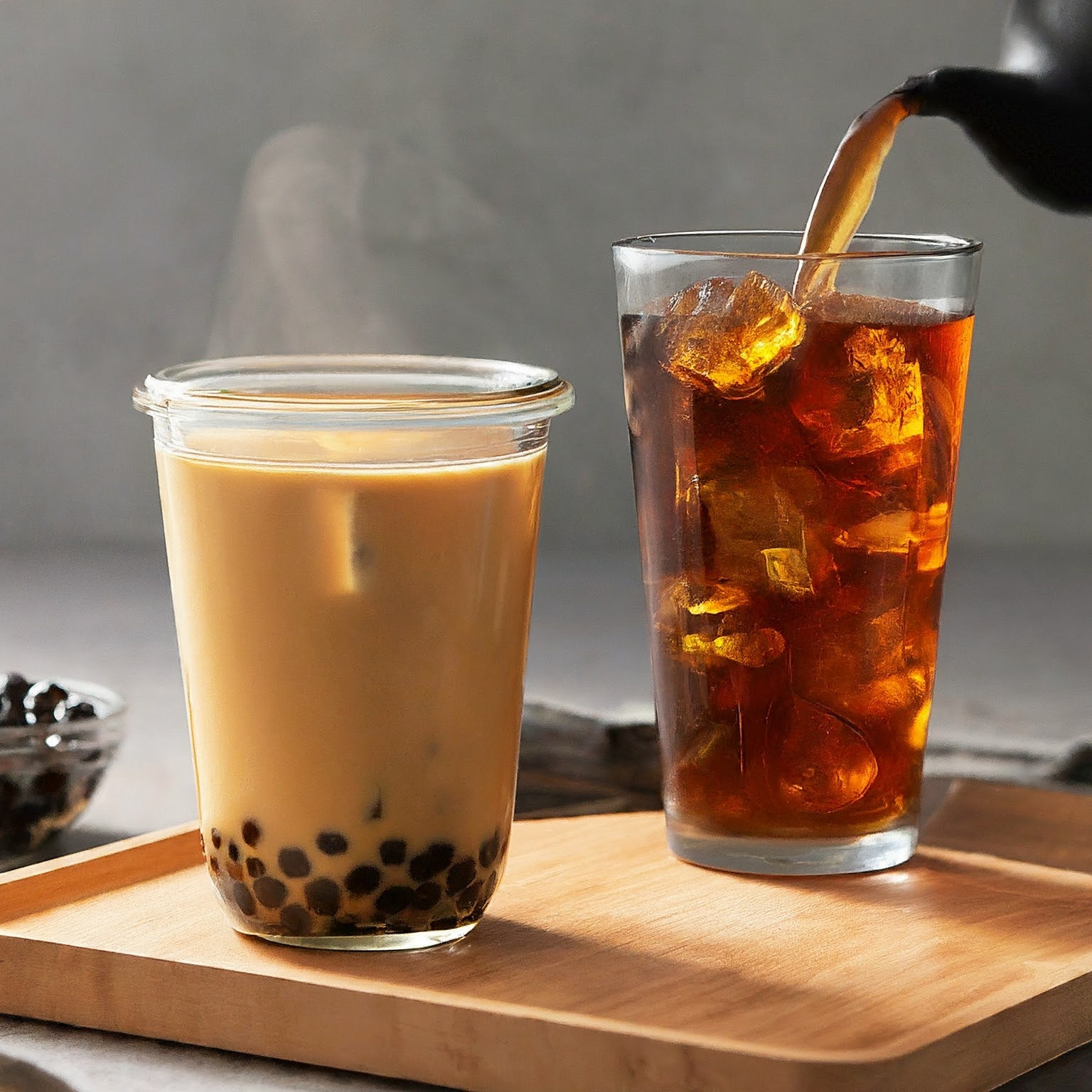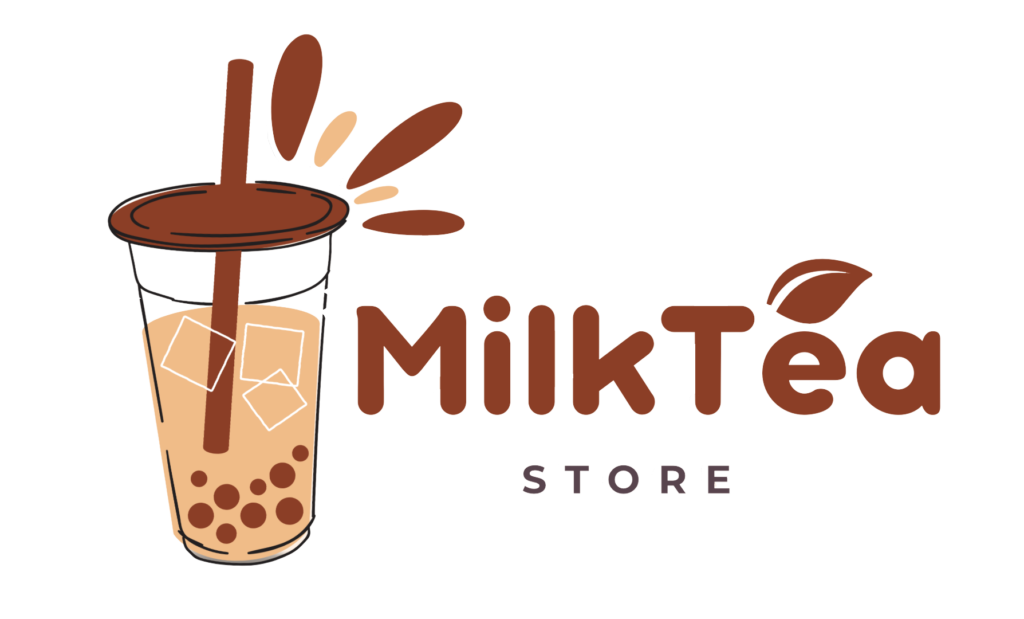Milk tea brewing entails delicately balancing the infusion of tea leaves with the addition of milk and sweeteners, ensuring a harmonious blend of flavors and textures that evoke the perfect balance between richness, creaminess, and aromatic depth.
From Steaming to Iced: A Comprehensive Look at Milk Tea Brewing Techniques
Milk tea, also known as chai or cha, has a rich history that dates back centuries. It is believed to have originated in China during the Tang Dynasty, where it was consumed for its medicinal properties. Over time, milk tea spread to other parts of Asia and eventually gained popularity in Western countries as well.
Milk tea holds great importance in different cultures around the world. In India, chai is a staple beverage that is enjoyed throughout the day. In Taiwan, bubble tea, a variation of milk tea, has become a cultural phenomenon. In the United Kingdom, afternoon tea is a cherished tradition that often includes a cup of milk tea.
In recent years, milk tea has experienced a surge in popularity worldwide. Its unique blend of flavors and comforting qualities have made it a favorite among people of all ages. Milk tea shops have popped up in cities around the globe, offering a wide variety of flavors and toppings to suit every taste.
The Basics: Choosing the Right Tea Leaves and Milk
The key to brewing a delicious cup of milk tea lies in choosing the right ingredients. There are various types of tea leaves that can be used for milk tea, each with its own distinct flavor profile. Black tea is the most commonly used type of tea for milk tea due to its robust flavor and ability to stand up to the addition of milk. However, green tea, oolong tea, and even herbal teas can also be used to create unique and flavorful milk teas.
When it comes to choosing the milk for your milk tea, there are several options to consider. Whole milk is often preferred for its creamy texture and rich flavor. However, those who are lactose intolerant or prefer a lighter taste may opt for alternatives such as almond milk, soy milk, or oat milk. It is important to choose high-quality ingredients to ensure the best possible flavor in your milk tea.
Steeping Tea: The Traditional Method
Steeping tea is the traditional method of brewing milk tea. To steep tea leaves, start by heating water to the appropriate temperature for the type of tea you are using. Different types of tea require different water temperatures to bring out their best flavors. Once the water is heated, add the tea leaves to a teapot or infuser and pour the hot water over them. Allow the tea leaves to steep for the recommended amount of time, usually between 2-5 minutes.
Several factors can affect the taste of the tea, including the water temperature, steeping time, and the quality of the tea leaves. It is important to follow the recommended guidelines for each type of tea to achieve the best results. Additionally, experimenting with different steeping times and water temperatures can help you find your preferred flavor profile.
To achieve the perfect brew, it is essential to use high-quality tea leaves and fresh water. Avoid using tap water, as it can contain impurities that can affect the taste of your milk tea. Instead, opt for filtered or bottled water for the best results.
Steaming Milk: The Classic Technique
Steaming milk is a classic technique used to create a creamy and frothy texture in milk tea. To steam milk, start by pouring cold milk into a small saucepan or milk frother. Heat the milk over medium heat until it reaches a simmer. Be careful not to let it boil, as this can scorch the milk and affect its flavor.
Once the milk is heated, use a whisk or a milk frother to create froth on the surface. This can be done by vigorously whisking or frothing the milk in a circular motion. Continue whisking or frothing until you achieve your desired level of frothiness.
There are several types of milk frothers available on the market, including handheld frothers and electric frothers. Each type has its own advantages and can produce different results. Experimenting with different types of frothers can help you find the one that works best for you.
Cold Brew: The Modern Approach
Cold brewing is a modern approach to brewing milk tea that involves steeping tea leaves in cold water for an extended period of time. This method is known for producing a smooth and mellow flavor profile, as well as reducing the bitterness that can sometimes be present in hot-brewed tea.
To cold brew tea leaves, start by adding the desired amount of tea leaves to a pitcher or jar. Fill the container with cold water and stir gently to ensure that all the tea leaves are fully submerged. Place the container in the refrigerator and allow the tea leaves to steep for at least 4-6 hours, or overnight for a stronger flavor.
Cold brewing offers several benefits, including a lower caffeine content and a smoother taste. It is also a convenient method, as it requires minimal effort and can be prepared in advance. To achieve the perfect cold brew, experiment with different types of tea leaves and steeping times to find your preferred flavor profile.
Iced Milk Tea: The Refreshing Summer Beverage
Iced milk tea is a refreshing summer beverage that combines the flavors of milk tea with ice for a cool and invigorating drink. To make iced milk tea, start by brewing a strong cup of hot milk tea using your preferred method. Once the tea is brewed, allow it to cool to room temperature.
Once the tea has cooled, fill a glass with ice cubes and pour the cooled milk tea over the ice. Stir gently to combine the flavors and chill the drink further. You can also add sweeteners such as sugar or honey to taste, as well as toppings such as boba pearls or fruit jellies for added texture.
There are several types of iced milk tea variations to explore, including Thai iced tea, Hong Kong-style iced milk tea, and matcha iced milk tea. Each variation offers a unique flavor profile and can be customized to suit your preferences. Experimenting with different types of tea leaves and toppings can help you create the perfect iced milk tea for a hot summer day.
Bubble Tea: The Taiwanese Specialty
Bubble tea, also known as boba tea, is a Taiwanese specialty that has gained popularity worldwide. It is a unique variation of milk tea that includes chewy tapioca pearls or other toppings such as fruit jellies or pudding. Bubble tea can be served hot or cold and comes in a wide variety of flavors and combinations.
The history of bubble tea dates back to the 1980s in Taiwan, where it was first created by adding tapioca pearls to milk tea. The chewy texture of the pearls added a fun and unique element to the drink, which quickly became a hit among locals and tourists alike.
There are several types of bubble tea to choose from, including classic milk tea with tapioca pearls, fruit-flavored teas with fruit jellies, and even cheese foam-topped teas. Each type offers a different taste experience and can be customized with different levels of sweetness and ice.
To make the perfect bubble tea at home, start by brewing a strong cup of milk tea using your preferred method. Once the tea is brewed, allow it to cool to room temperature. Fill a glass with ice cubes and pour the cooled milk tea over the ice. Add your desired toppings, such as tapioca pearls or fruit jellies, and stir gently to combine. Serve with a wide straw to enjoy the chewy texture of the pearls or other toppings.
Creamy Milk Tea: Adding Condensed Milk and Creamer
For those who prefer a creamier and sweeter milk tea, adding condensed milk and creamer is a popular option. Condensed milk is a thick and sweet milk product that adds richness and sweetness to milk tea. Creamer, on the other hand, is a powdered or liquid product that adds creaminess and enhances the flavor of the tea.
To add condensed milk and creamer to your milk tea, start by brewing a strong cup of hot milk tea using your preferred method. Once the tea is brewed, add condensed milk to taste, starting with a small amount and adjusting as needed. Stir gently to combine the flavors.
Next, add creamer to taste, starting with a small amount and adjusting as needed. Stir gently to incorporate the creamer into the tea. Be careful not to add too much creamer, as it can overpower the flavor of the tea.
There are several types of condensed milk and creamer available on the market, including regular condensed milk, sweetened condensed milk, and non-dairy creamers. Each type offers a different level of sweetness and creaminess, allowing you to customize your milk tea to suit your preferences.
Herbal Milk Tea: Exploring Non-Traditional Flavors
While traditional milk tea is typically made with black or green tea leaves, there are also herbal options available for those who prefer non-traditional flavors. Herbal teas are made from a variety of plants and flowers, each with its own unique flavor profile and health benefits.
Some popular herbal teas used for milk tea include chamomile, lavender, peppermint, and rooibos. These teas offer a soothing and aromatic experience that can be enhanced with the addition of milk or other ingredients.
To make herbal milk tea, start by brewing a strong cup of herbal tea using your preferred method. Once the tea is brewed, allow it to cool to room temperature. Add your desired amount of milk to taste and stir gently to combine the flavors.
Herbal milk teas offer several benefits, including relaxation, digestion aid, and immune support. They can be enjoyed hot or cold and can be customized with sweeteners or other flavorings to suit your preferences.
Milk Tea Variations Around the World
Milk tea is enjoyed in various forms around the world, with each country putting its own unique twist on the classic beverage. Here are some popular milk tea variations from different countries:
– India: Masala Chai – a spiced milk tea made with black tea, spices such as cardamom, cinnamon, and ginger, and sweetened with sugar or honey.
– Hong Kong: Hong Kong-style Milk Tea – a strong and creamy milk tea made with black tea leaves and evaporated milk, often served hot or over ice.
– Thailand: Thai Iced Tea – a sweet and creamy milk tea made with black tea leaves, sweetened condensed milk, and often flavored with spices such as star anise or vanilla.
– Japan: Matcha Latte – a frothy and creamy milk tea made with powdered green tea (matcha), steamed milk, and sweetened with sugar or honey.
– United States: Chai Latte – a spiced milk tea made with black tea leaves, spices such as cinnamon, cardamom, and cloves, and sweetened with sugar or honey.
Each country has its own unique ingredients and preparation methods for milk tea. By exploring these variations, you can expand your palate and discover new flavors that you may not have tried before.
Experimenting with Milk Tea Brewing Techniques
The art of milk tea brewing offers endless possibilities for creativity and experimentation. By exploring different brewing techniques, ingredients, and flavors, you can create your own unique milk tea recipes that suit your preferences.
Don’t be afraid to try new things and step outside of your comfort zone. Experiment with different types of tea leaves, milk options, sweeteners, and toppings to find your perfect cup of milk tea. Keep in mind that the brewing process may require some trial and error, but the journey is part of the fun.
Whether you prefer a classic cup of hot milk tea, a refreshing iced milk tea, or a fun and chewy bubble tea, there is a milk tea variation out there for everyone. So grab your favorite tea leaves, milk, and toppings, and start brewing your own delicious cup of milk tea today. Cheers!
Originally posted 2024-04-15 04:15:04.







